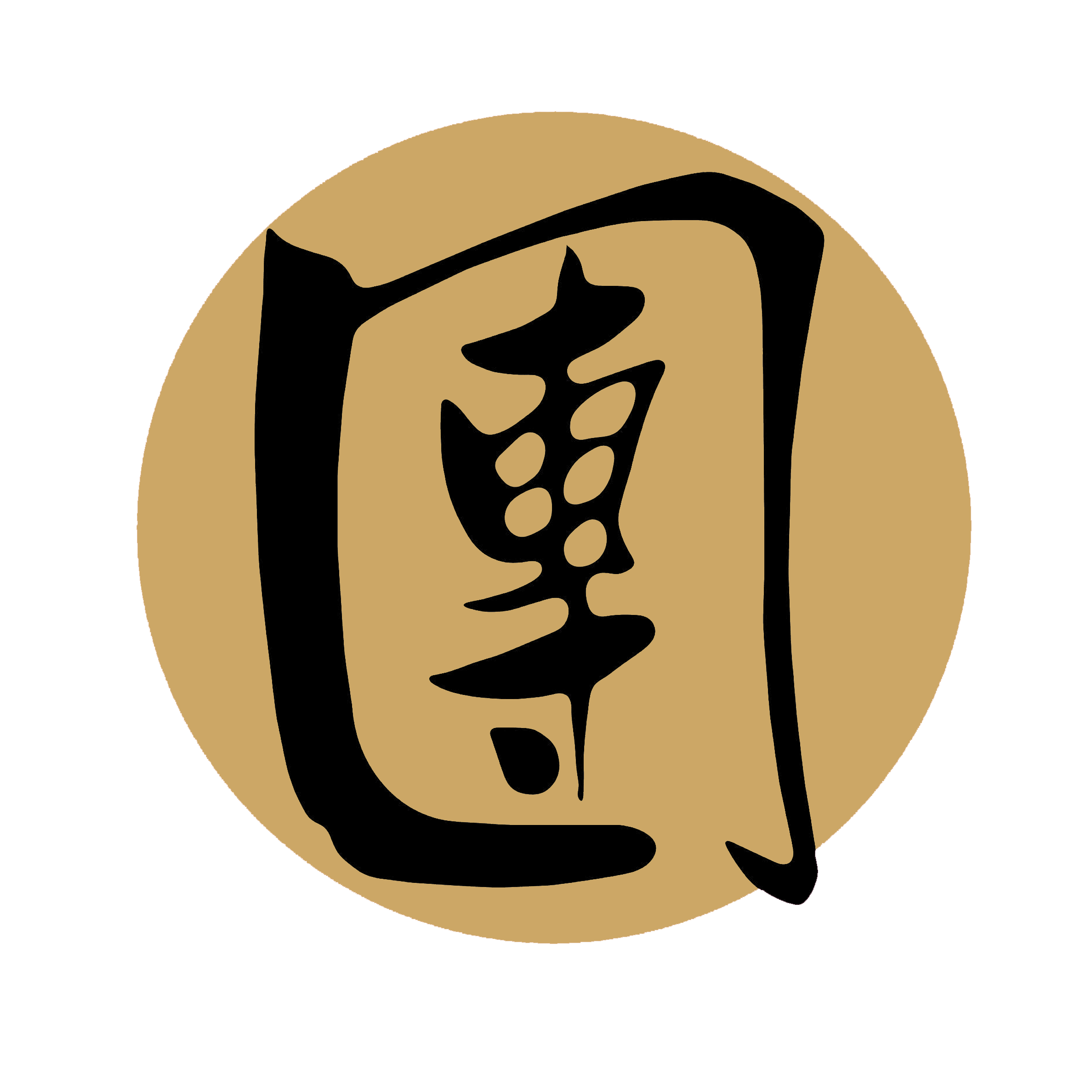48. Kwun-kiu: Choy Li Fut Kung Fu Technique
Unlocking the Secrets of Kwun-Kiu: The Rotating Bridge Technique
Kwun-Kiu, also known as the Rotating Bridge, is a fundamental technique in many martial arts styles. It is a dynamic and powerful move that allows practitioners to redirect and control an opponent's force, providing them with a strategic advantage in combat situations. In this article, we will explore the intricacies of Kwun-Kiu, its practical applications, and the training methods used to master this essential technique.
The essence of Kwun-Kiu lies in its ability to redirect and neutralize an opponent's attack. It involves using the forearm or arm to intercept an incoming strike or force, and then smoothly rotating or pivoting to redirect that force away from the practitioner's centerline. This rotational motion allows the practitioner to effectively dissipate the opponent's energy and create openings for counterattacks or escapes.
One of the key principles of Kwun-Kiu is maintaining a strong and stable structure while executing the technique. Practitioners focus on developing a solid foundation and proper body alignment to effectively absorb and redirect the incoming force. The power generated from the rotation comes from the coordinated movement of the entire body, with the legs, hips, and core working in harmony to support the rotational motion of the arms.
Training in Kwun-Kiu involves a combination of solo practice and partner drills. Solo practice typically includes repetitive movements, focusing on refining the technique's mechanics, developing coordination, and enhancing body awareness. This can be achieved through forms or drills that isolate and emphasize the rotational aspect of the technique. Partner drills are crucial for applying Kwun-Kiu in realistic combat scenarios.
Practitioners work with training partners to simulate attacks, practicing the precise timing and execution of Kwun-Kiu to intercept and redirect incoming strikes. This helps develop sensitivity, timing, and adaptability, as practitioners learn to respond effectively to different angles and forces applied by their partners. The applications of Kwun-Kiu are vast and extend beyond defensive maneuvers. It can be used to disrupt an opponent's balance, create openings for counterattacks, or control an opponent's limbs in grappling situations. By redirecting the opponent's force, practitioners can manipulate their position and effectively neutralize threats, giving them an advantage in close-quarters combat.
Beyond its practical applications, Kwun-Kiu also cultivates essential qualities in martial artists. It teaches practitioners patience, focus, and adaptability, as they learn to read and respond to their opponent's movements. Kwun-Kiu requires a deep understanding of body mechanics and timing, enhancing body awareness and coordination.
Additionally, it fosters the development of sensitivity and the ability to flow with the opponent's energy, embodying the principles of yin and yang. Furthermore, Kwun-Kiu has profound philosophical implications. Its rotational nature symbolizes the continuous cycle of movement and change in life, reminding practitioners of the need to adapt and flow with circumstances. The concept of redirecting force reflects the principles of non-resistance and efficiency found in many martial arts philosophies. By embracing these principles, practitioners can apply Kwun-Kiu not just in combat but also in their daily lives, promoting harmony and balance.
In conclusion, Kwun-Kiu, the Rotating Bridge technique, is a fundamental element in martial arts. Its ability to redirect and control an opponent's force is invaluable in combat situations. Through dedicated training and practice, practitioners can develop the necessary skills to effectively execute Kwun-Kiu, enhancing their defensive capabilities and embodying the philosophical principles inherent in martial arts.
